Attention is now directed toward North Korea’s potential launch of a second military reconnaissance satellite following South Korea’s military deployment of the second reconnaissance satellite on the 8th.
On this occasion, Minister of National Defense Shin Won Sik disclosed that North Korea is poised to launch its second military reconnaissance satellite around mid-April. The sequence of events, including North Korea’s satellite launch on November 21, South Korea’s inaugural reconnaissance satellite on December 2, and South Korea’s recent deployment of its second reconnaissance satellite, suggests an ongoing space race between the two Koreas since last year.
While observing the live broadcast of South Korea’s second military reconnaissance satellite launch from the Seoul Ministry of National Defense, Minister Shin Won Sik informed reporters that North Korea’s reconnaissance satellite is anticipated to be launched in mid-April if there are no technical complications.
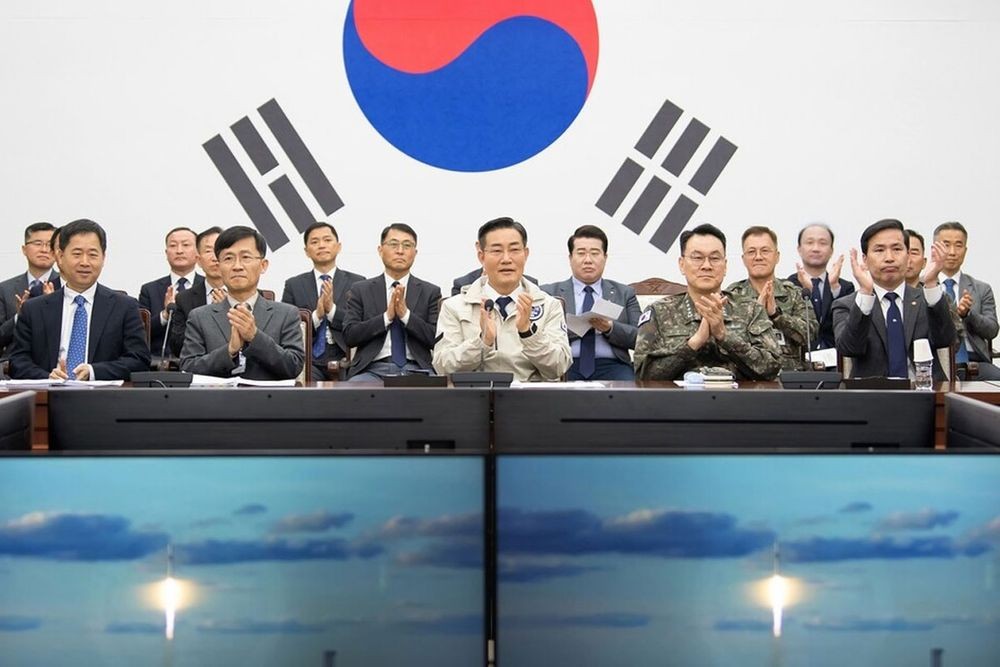
He further noted, “April 15, Kim Il Sung’s birthday, holds significance in North Korea so that they may aim for a launch around that date. However, if there are delays, it’s prudent to consider extending until the end of April.”
According to the Ministry of National Defense, preparations for the reconnaissance satellite launch have been observed this year, including equipment and personnel movements detected at the Sohae Satellite Launch Site in Dongchang-ri, Cheolsan-gun, North Pyeongan-do, North Korea.
A site’s Joint Chiefs of Staff official disclosed that “North Korea is actively addressing the deficiencies encountered during last year’s launch, indicating preparations are underway.” The official also forecasted, “Considering the domestic situation, North Korea is likely to launch in mid-April, especially since we deployed our satellite today.”
In November of the previous year, North Korea successfully placed its first military reconnaissance satellite, Malligyong-1, into orbit. Following this achievement, Kim Jong Un, Chairman of the State Affairs Commission, announced plans to launch three reconnaissance satellites during the Workers’ Party Plenary Meeting this year.
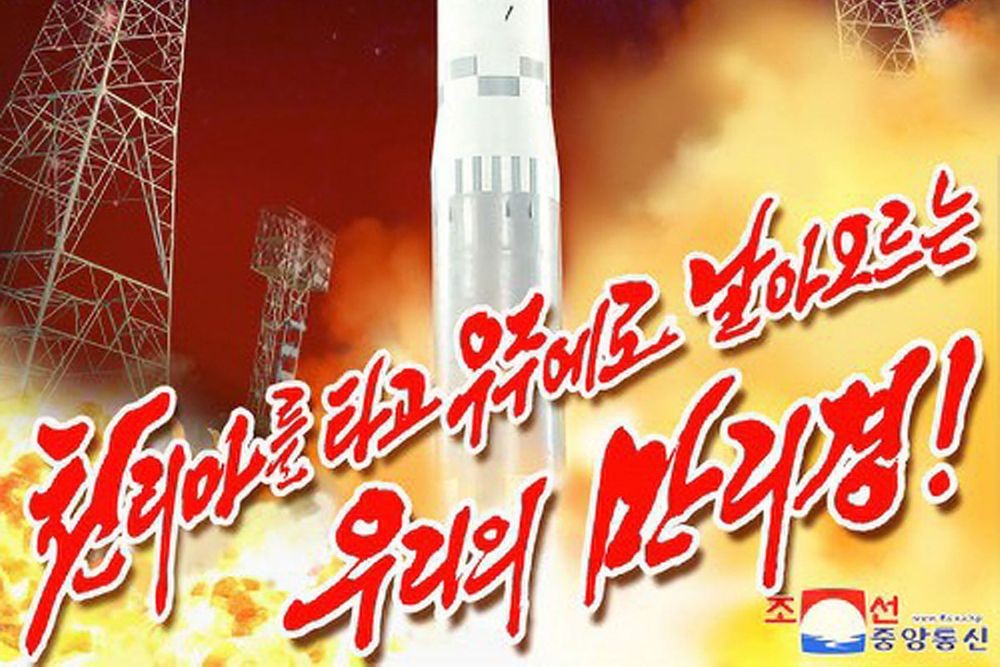
Pak Kyong Su, Deputy Director of North Korea’s National Aerospace Development Administration, affirmed during a press conference on the 31st of the previous month that “the successful launch of last year’s reconnaissance satellite Malligyong-1 has significantly bolstered national defense capabilities, and we anticipate the launch of multiple reconnaissance satellites this year.”
Military experts anticipate North Korea’s potential launch this month. Regarding technological competition, an extended gap between South Korea’s launch and North Korea’s could imply a lag on their part, a scenario North Korea is keen to avoid.
Hong Min, a senior researcher at the Korea Institute for National Unification, outlined, “Considering North Korea’s plan to launch three reconnaissance satellites this year, it’s reasonable to expect at least one launch in the first half of the year, followed by two around the time of the November U.S. election. Therefore, April appears to be the most probable timeframe.”
Military authorities anticipate that North Korea will adhere to past practices by providing advance notification of the launch to international bodies such as the International Maritime Organization (IMO) and the World-Wide Navigational Warning Service (WWNWS), of which both South Korea and North Korea are members, as well as to Japan, a regional navigation zone adjustment country.
There is speculation that North Korea is preparing for this reconnaissance satellite launch with technical assistance from Russia.
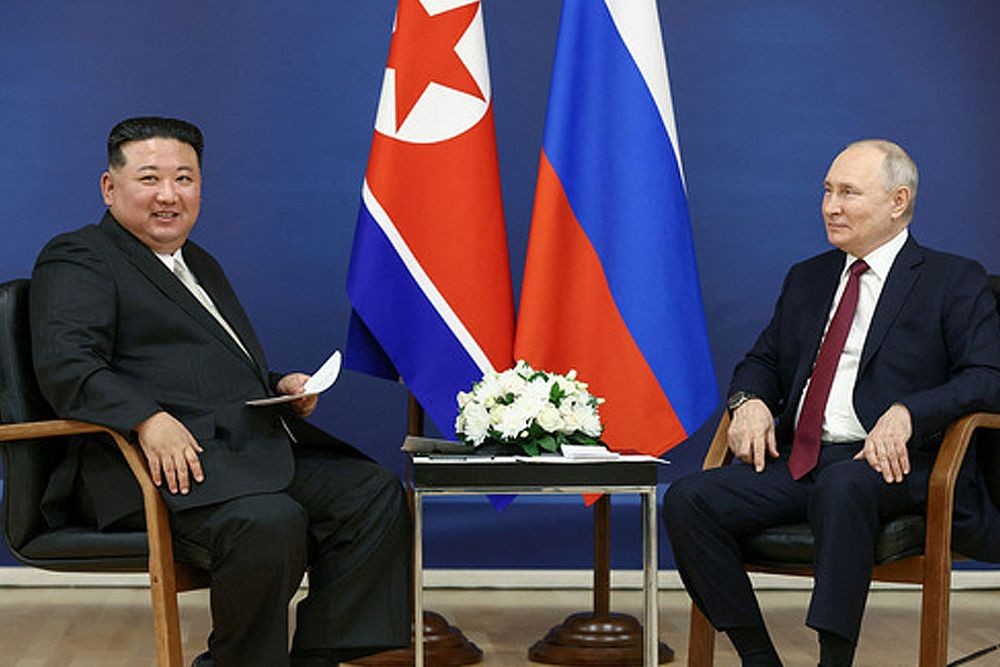
The strong relationship between Kim Jong Un, Chairman of the State Affairs Commission, and Vladimir Putin, President of Russia, has been evident since the North Korean-Russian summit convened at the Vostochny Cosmodrome in Russia’s Far East in September of the previous year. Given this close relationship, it is highly probable that Russia has assisted the technologically deficient North Korea.
The Malligyong-1 satellite, which North Korea previously launched, was assessed as incapable of fulfilling its intended function of capturing and transmitting images of targets to the ground, which dealt a blow to its reputation.
In February, Minister of National Defense Shin Won Sik disclosed during a press conference that “(North Korea’s reconnaissance satellite) shows no signs of working. It’s just spinning around doing nothing,” eliciting a subdued chuckle from those present in the press conference room.
Hong Min, a senior researcher at the Unification Research Institute, underscored that “merely launching a satellite reflects North Korea’s expertise gained from intercontinental ballistic missile (ICBM) tests, yet sustaining durability and longevity in space presents uncharted territory for North Korea” further suggesting that “this time, it is very likely that they cooperated more with Russia without worrying about the eyes of the international community.”
During the concurrent press conference, Minister of National Defense Shin Won Sik addressed a reporter’s inquiry regarding the disparities between South Korea’s second reconnaissance satellite and North Korea’s reconnaissance satellite following the successful launch of the former, asserting, “We are maintaining a significant gap.”
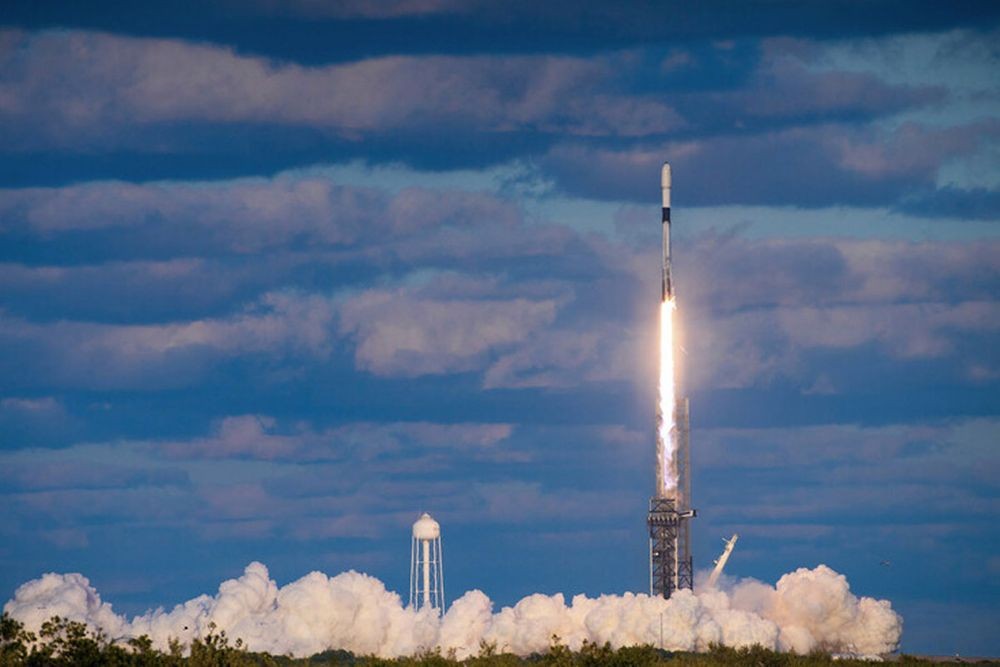
Meanwhile, the weather conditions at the Cape Canaveral Air Force Station in Florida, USA, proved favorable for successfully launching South Korea’s second reconnaissance satellite. The satellite detached from the launch vehicle at approximately 9:02 am and successfully entered its designated orbit. Initial communication was established around 10:57 am, as reported.
As time passes and the second satellite is fully powered, it is expected to help significantly military power as it can obtain all-weather high-resolution images and information even at night and in bad weather by carrying SAR.
The second satellite, launched in December last year, will complement the first one, which utilized the Electro-Optical/Infrared (EO·IR) method. Although the EO·IR satellite functions day and night, it may face weather-related limitations. To address this, the military has outlined plans to acquire five high-resolution medium-large (800 kg ~ 1 ton) military reconnaissance satellites, including four SAR satellites and one EO·IR satellite, by 2025 under the 425 Project.
The third satellite is scheduled for launch in November. Once all five satellites are operational, the military aims to gather information on critical facilities in North Korea at intervals of approximately two hours.











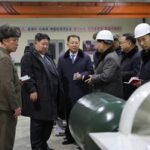



Most Commented